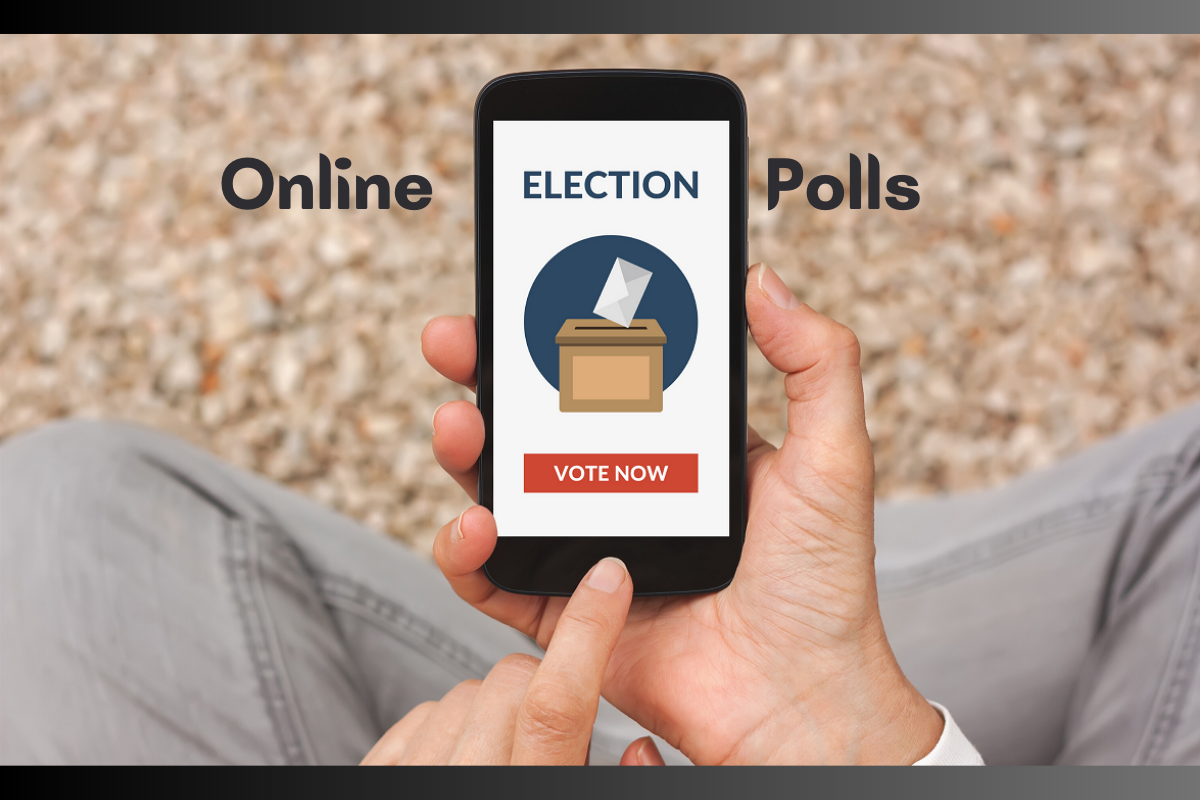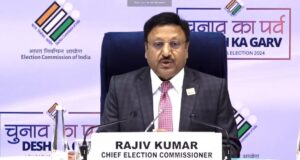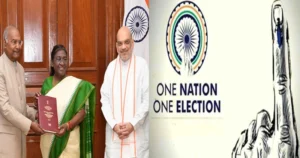Click, Vote, Impact: The Rise of Online Election Polls
In our constantly evolving digital era, technology has been altering various aspects of our lives, including how we conduct elections and gather public opinions. Online election polls have emerged as a potent tool for engaging voters and understanding their preferences. In this article, we will explore the impact of online election polls on contemporary democracy, highlighting their advantages, hurdles, and their potential to reshape the landscape of electoral procedures.
The Evolution of Election Surveys
Election surveys have been a cornerstone of democratic societies for centuries. Traditionally, they were conducted through telephone calls, in-person interviews, or door-to-door surveys. While these methods yielded valuable insights, they were time-intensive, costly, and came with their own limitations.
With the advent of the internet, the arena of polling underwent a significant transformation. Online election polls became a more efficient and cost-effective approach to gauging public opinion. They enable a broader reach, rapid data collection, and enhanced accessibility, empowering individuals from various backgrounds to participate in the democratic process.
Advantages of Online Election Surveys
Accessibility: Online election polls break down geographical barriers, ensuring that people from remote areas can have their voices heard. This inclusivity strengthens the democratic process by amplifying a more diverse range of voices.
Cost-Effectiveness: Traditional polling methods entail significant costs, such as hiring field personnel and conducting phone-based surveys. In contrast, online surveys are budget-friendly, alleviating the financial burden on political campaigns and governments.
Real-Time Data: Online surveys provide real-time data, allowing politicians and policymakers to stay abreast of public sentiment. This data can inform campaign strategies, policy decisions, and immediate responses to emerging issues.
Wider Outreach: Through social media and various online platforms, election surveys can reach a broader and more diverse audience. This expanded reach aids in capturing the opinions of younger, digitally-savvy generations who are increasingly engaged in politics.
Convenience: Online surveys offer unparalleled convenience for participants. Voters can express their views from the comfort of their homes, at their own convenience, potentially boosting participation rates.
Challenges of Online Election Polls
While online election surveys offer numerous advantages, they also present certain challenges:
Digital Divide: Not everyone has equal access to the internet or digital devices, potentially excluding certain demographics from participating in online surveys, which could skew results.
Data Security: Safeguarding the integrity and security of online election surveys is of utmost importance. Ensuring that poll data cannot be manipulated or compromised remains a persistent concern.
Sampling Bias: Online surveys may suffer from sample bias since they tend to attract more engaged and tech-savvy participants. This could result in a skewed representation of the electorate.
Accuracy Concerns: Achieving the same level of accuracy as traditional polls can be challenging. Researchers must continually refine their methodologies and account for potential biases.
Privacy Issues: Collecting personal data from participants can raise privacy concerns. Ensuring that respondents’ information is secure and used appropriately is essential.
The Future of Online Election Surveys
As technology continues to advance, online election polls are poised to play an increasingly pivotal role in the democratic process. Here are some potential future developments:
Blockchain Technology: The integration of blockchain technology can enhance the security and transparency of online election surveys, ensuring the credibility of the collected data.
Advanced Data Analysis: Cutting-edge data analytics and machine learning can aid pollsters in more accurately analyzing and interpreting data, reducing bias and enhancing precision.
Enhanced Accessibility: Efforts to bridge the digital divide through initiatives like subsidized internet access and widespread device availability can make online surveys more inclusive.
Education and Awareness: Boosting digital literacy and increasing awareness about online election polls can encourage broader participation and minimize potential bias.
Hybrid Approaches: Combining traditional and online polling methods can provide a more comprehensive view of public opinion, mitigating some of the challenges associated with each approach.
Conclusion
Online election polls have revolutionized the way we engage with democracy, offering unmatched accessibility, cost-effectiveness, and real-time data. Nonetheless, they also present challenges concerning data security, bias, and accuracy. To fully harness the potential of online election surveys, we must address these issues while embracing technological advancements and striving for inclusivity. In doing so, we can ensure that online election surveys continue to shape the future of our democratic processes positively and significantly.






